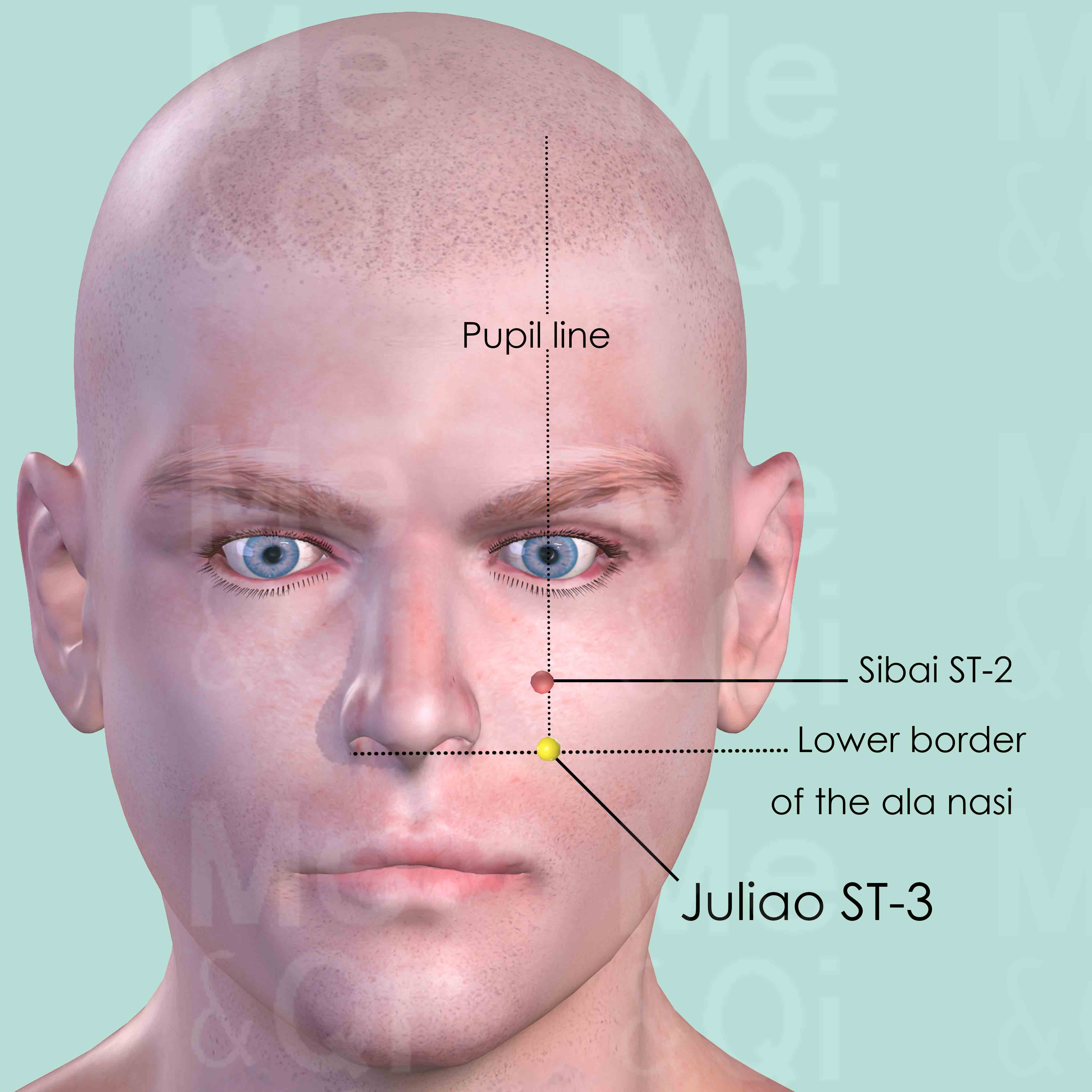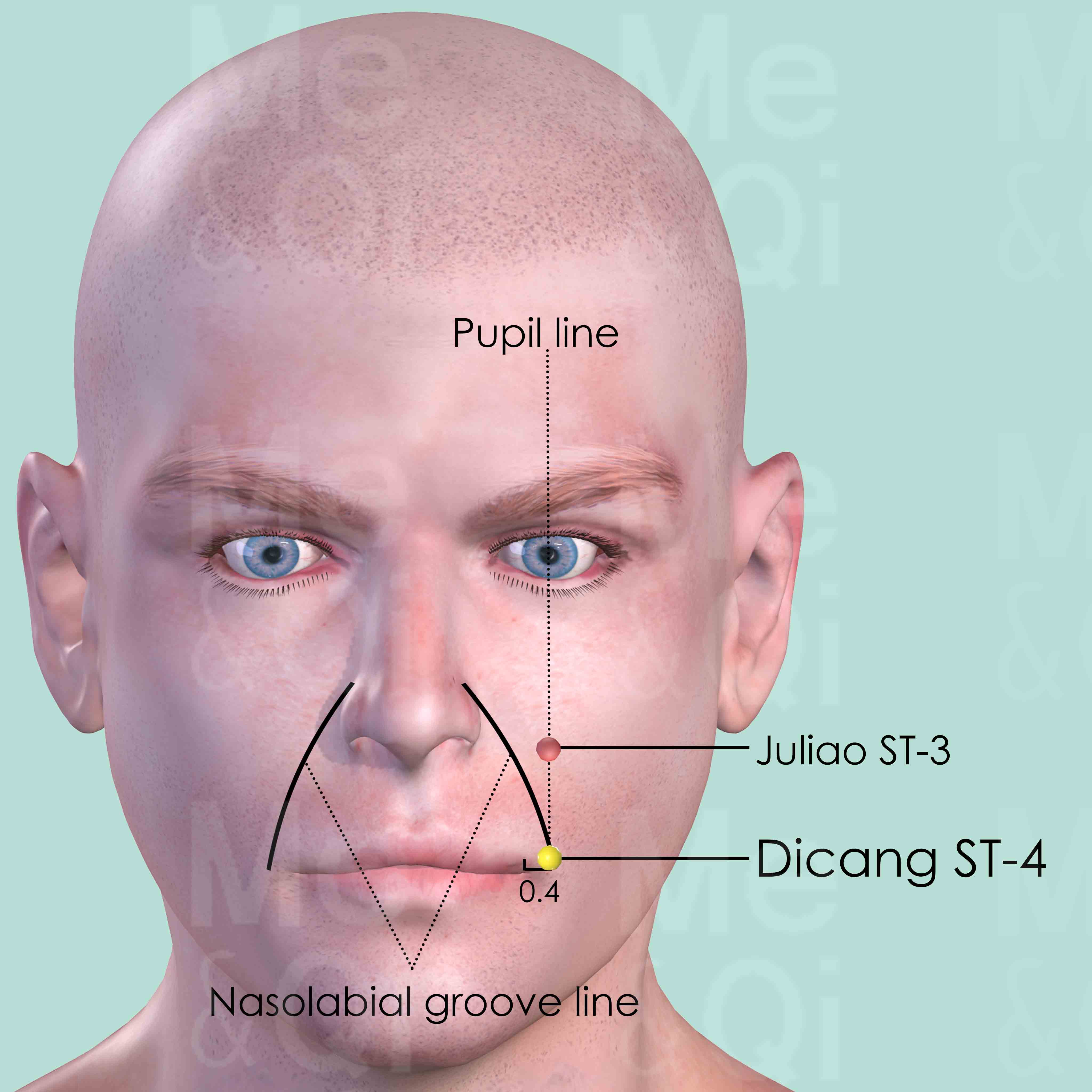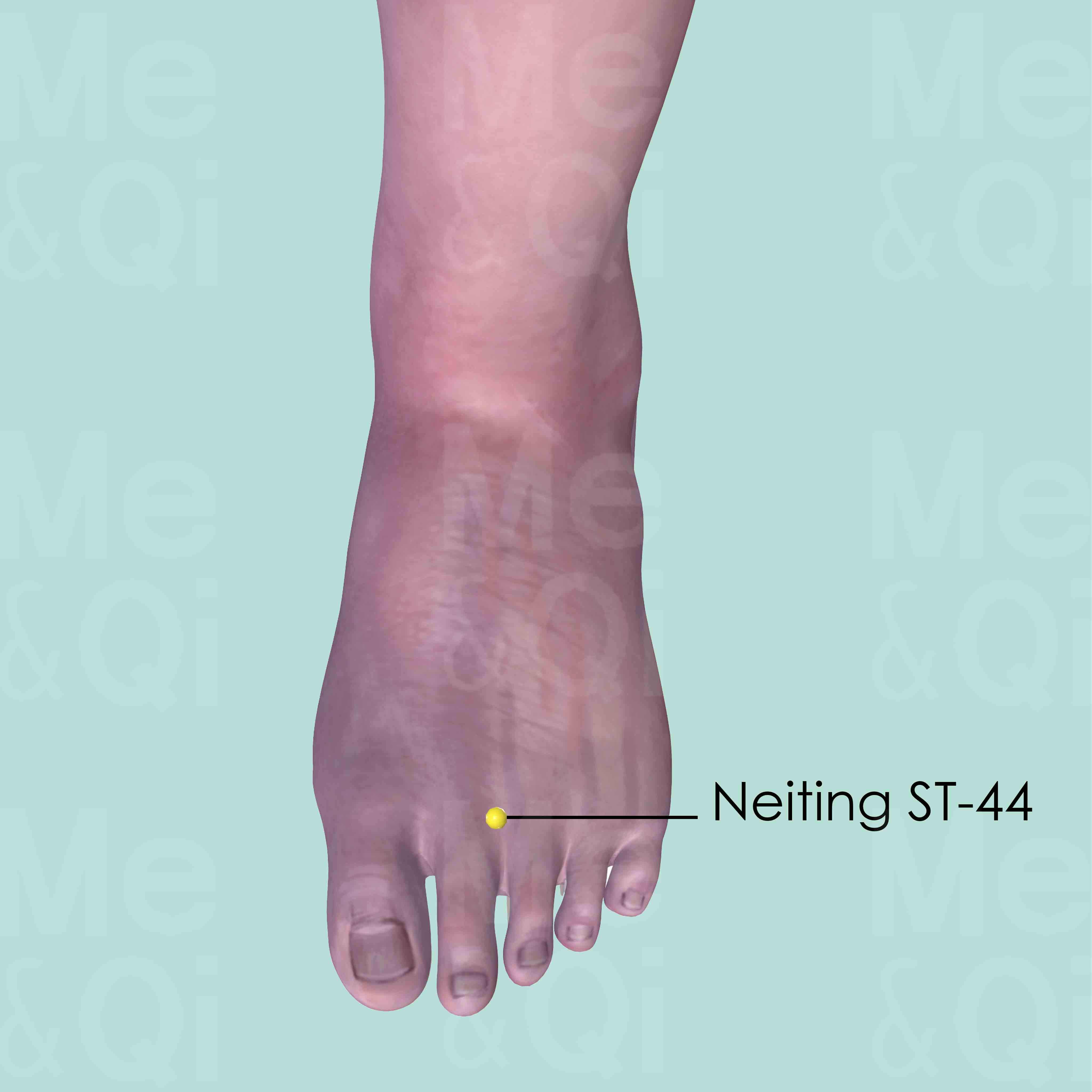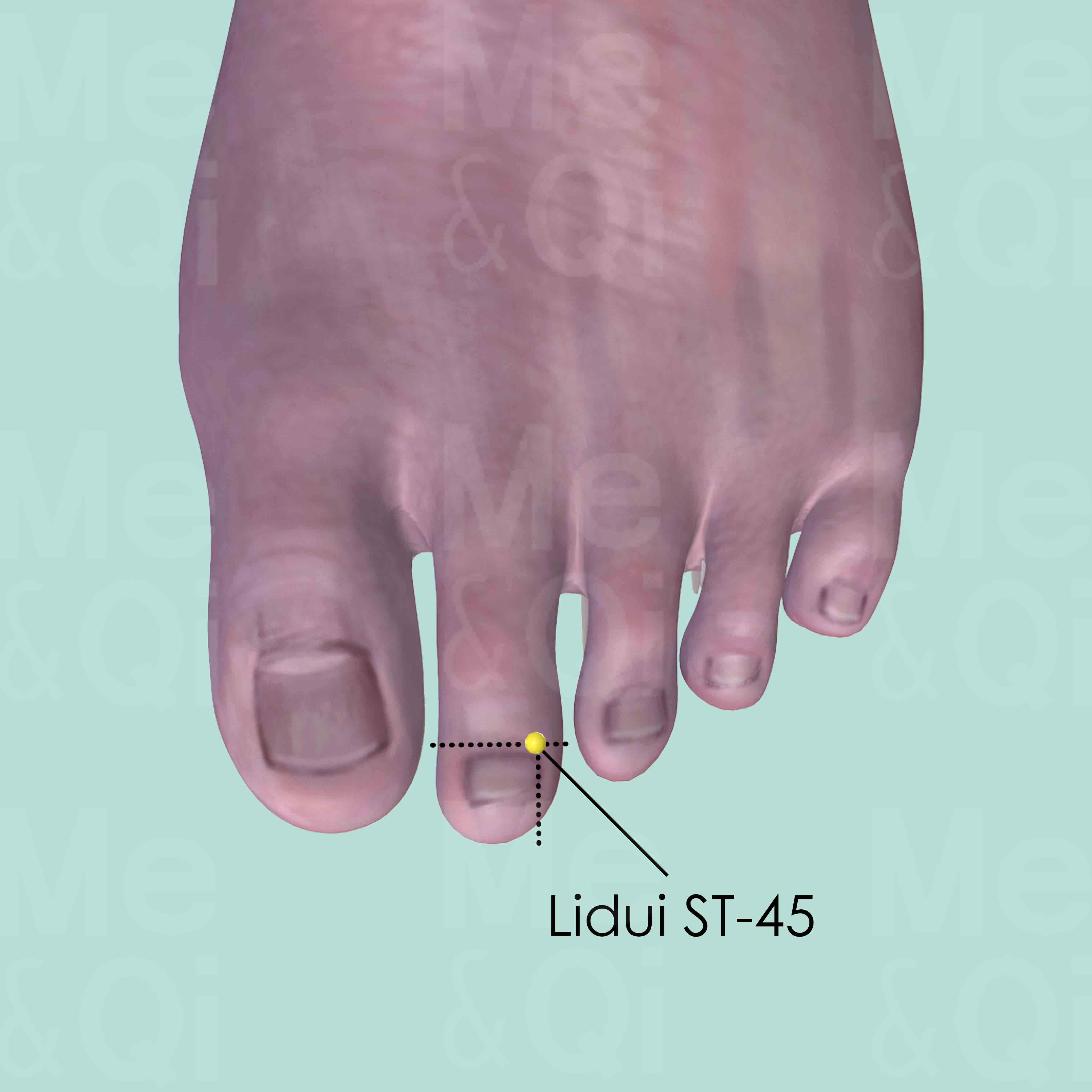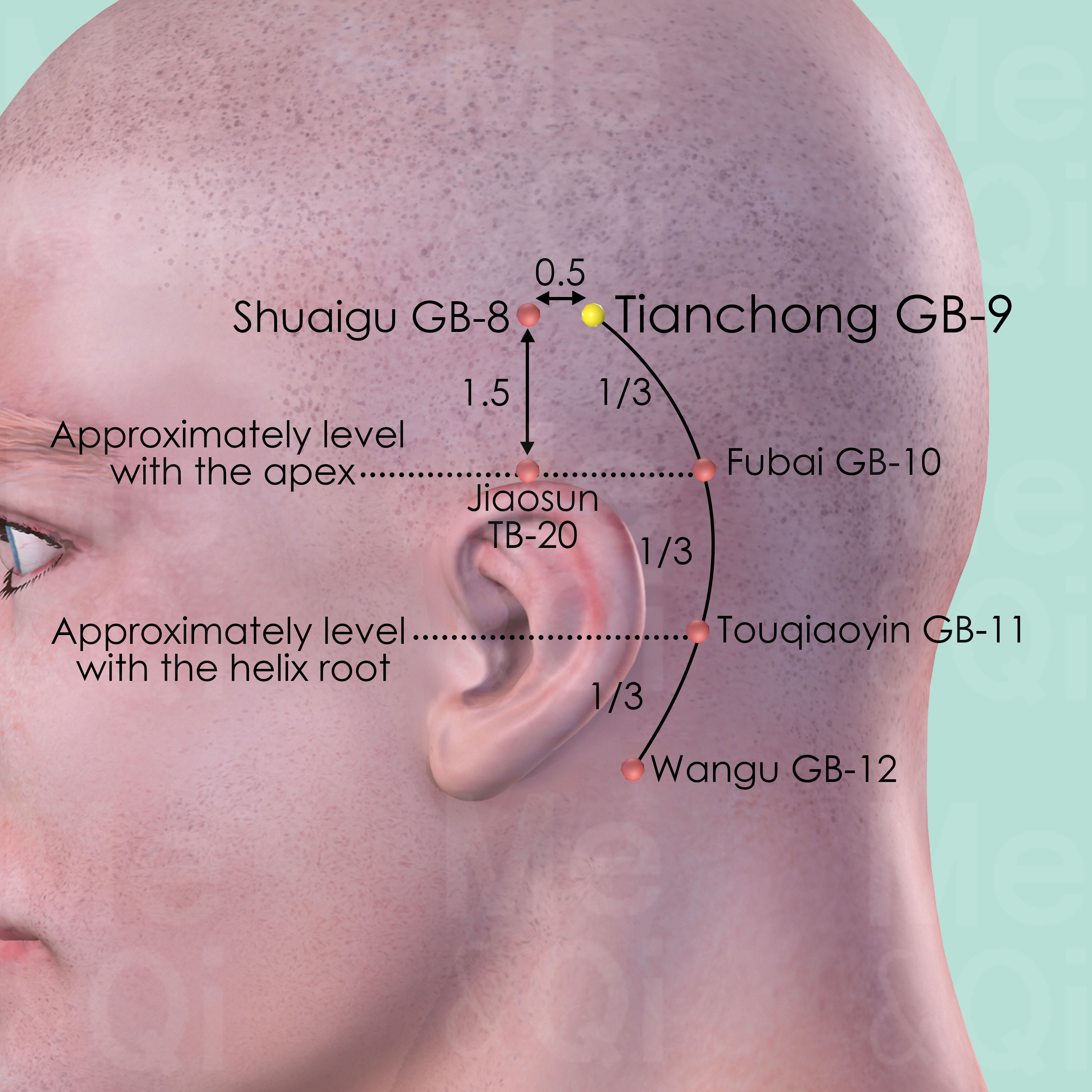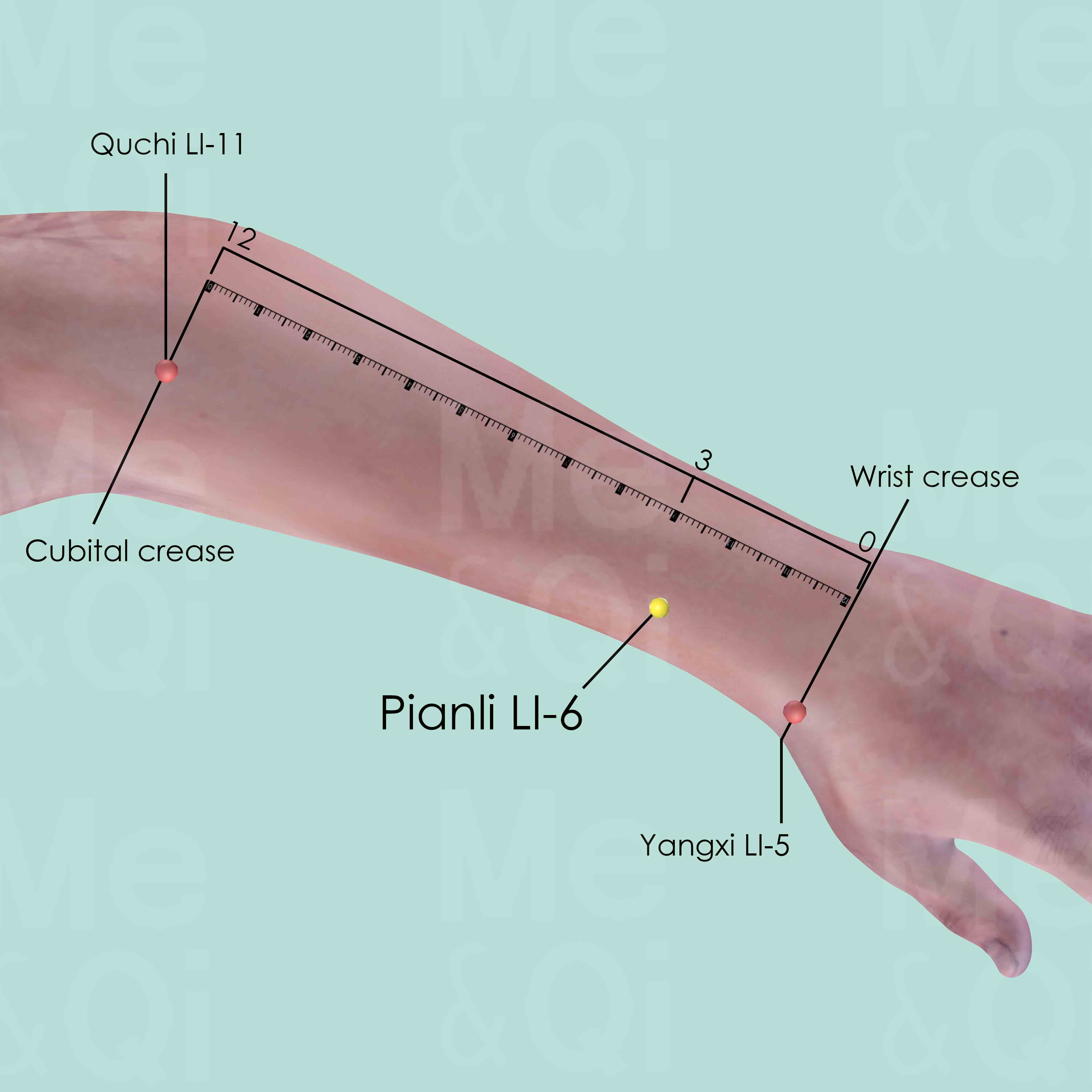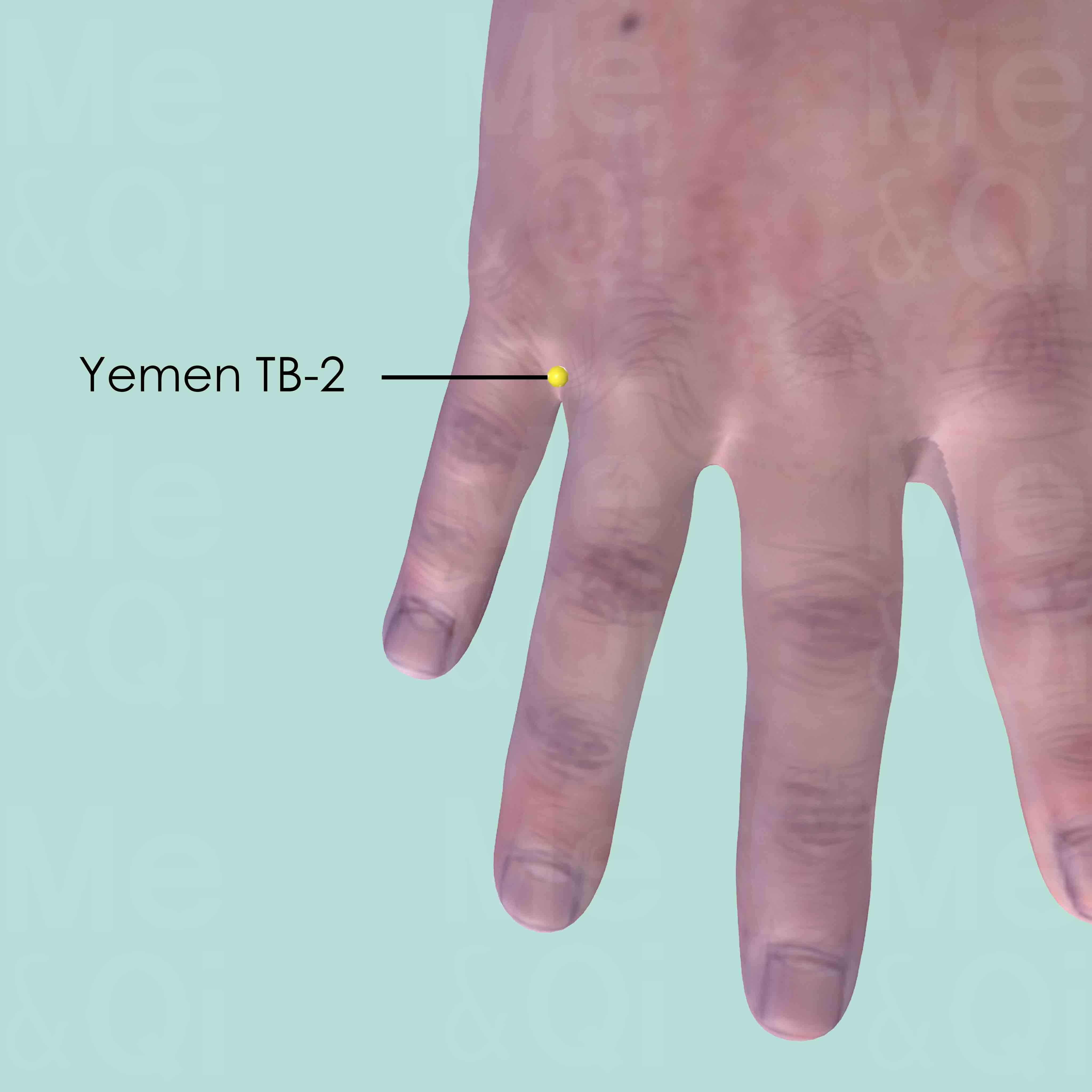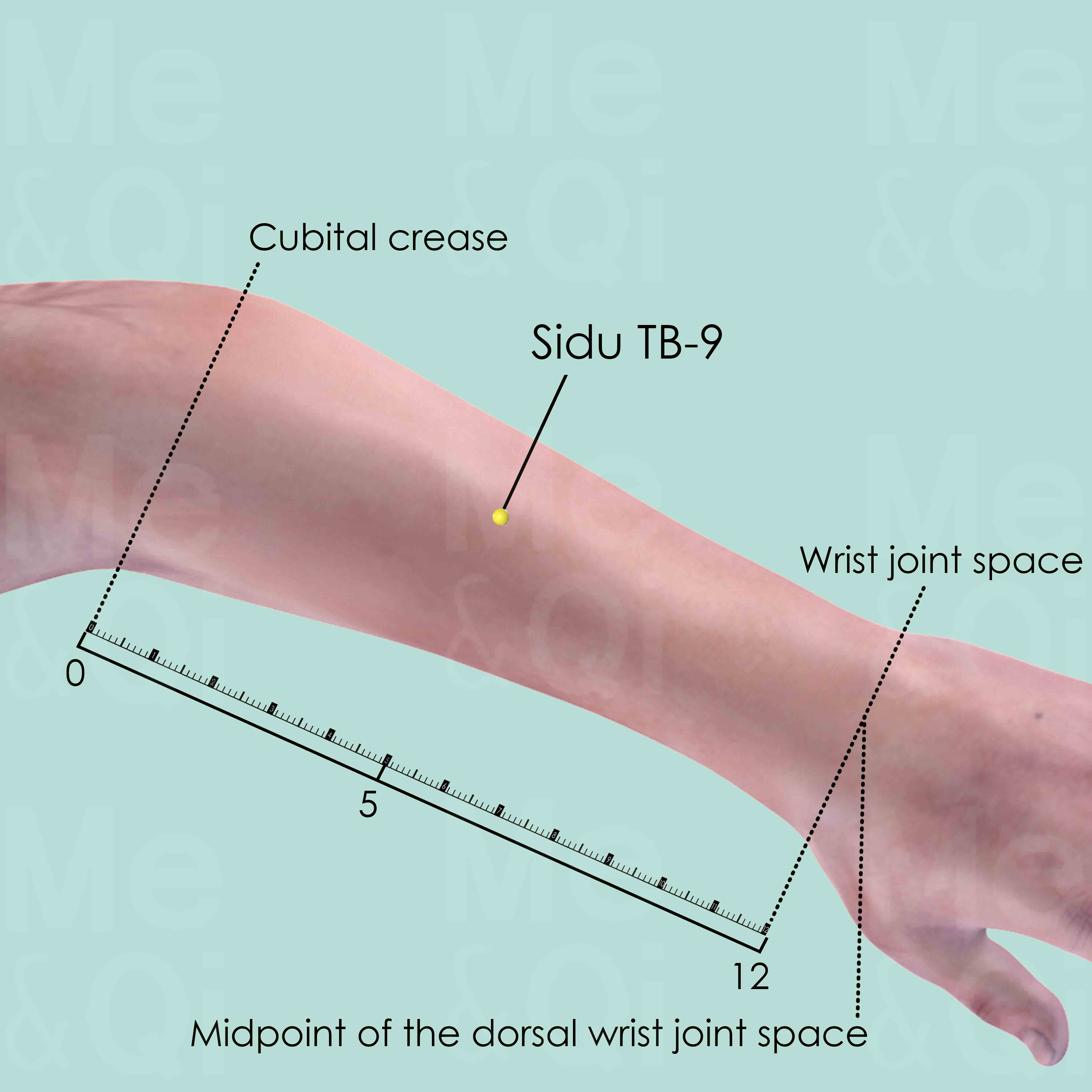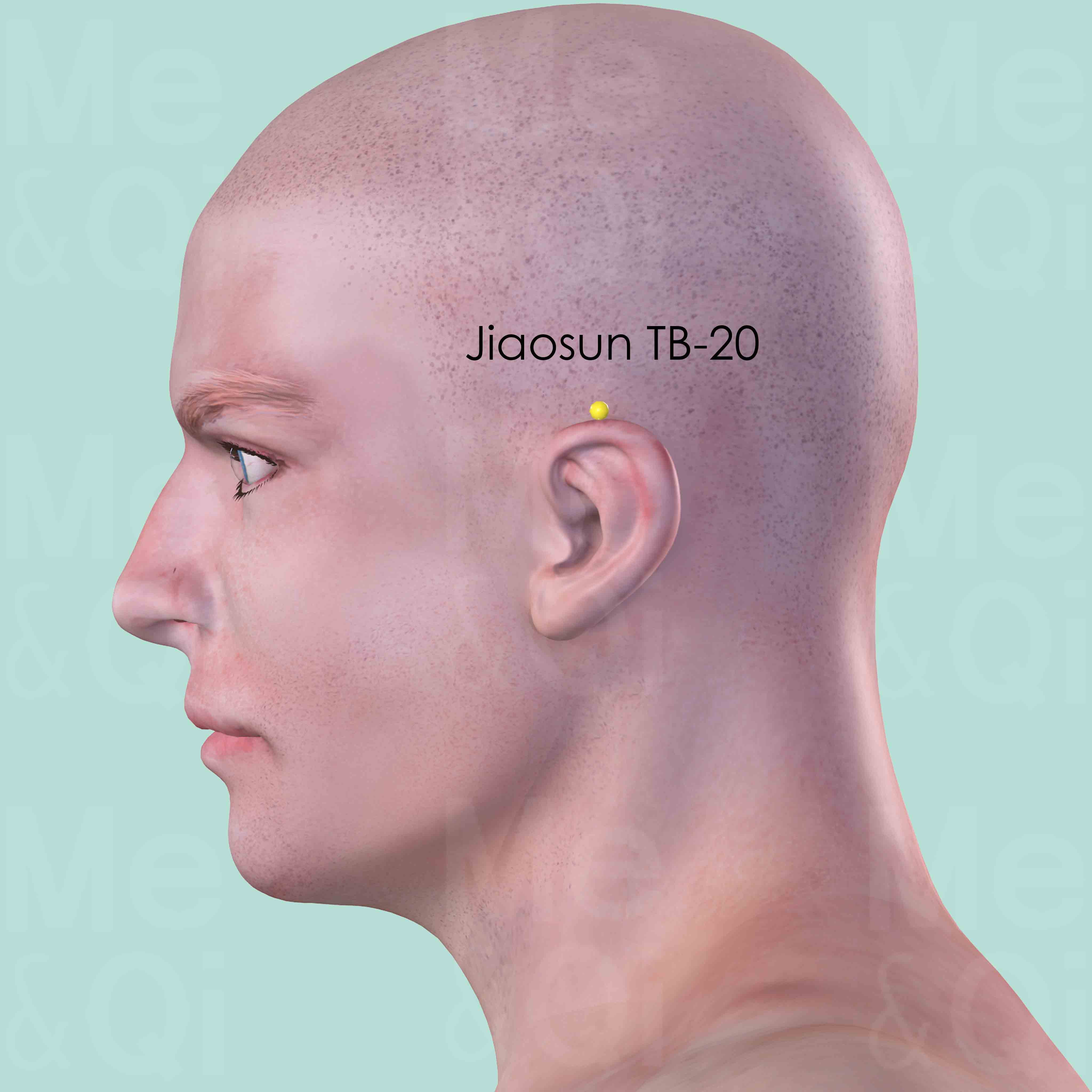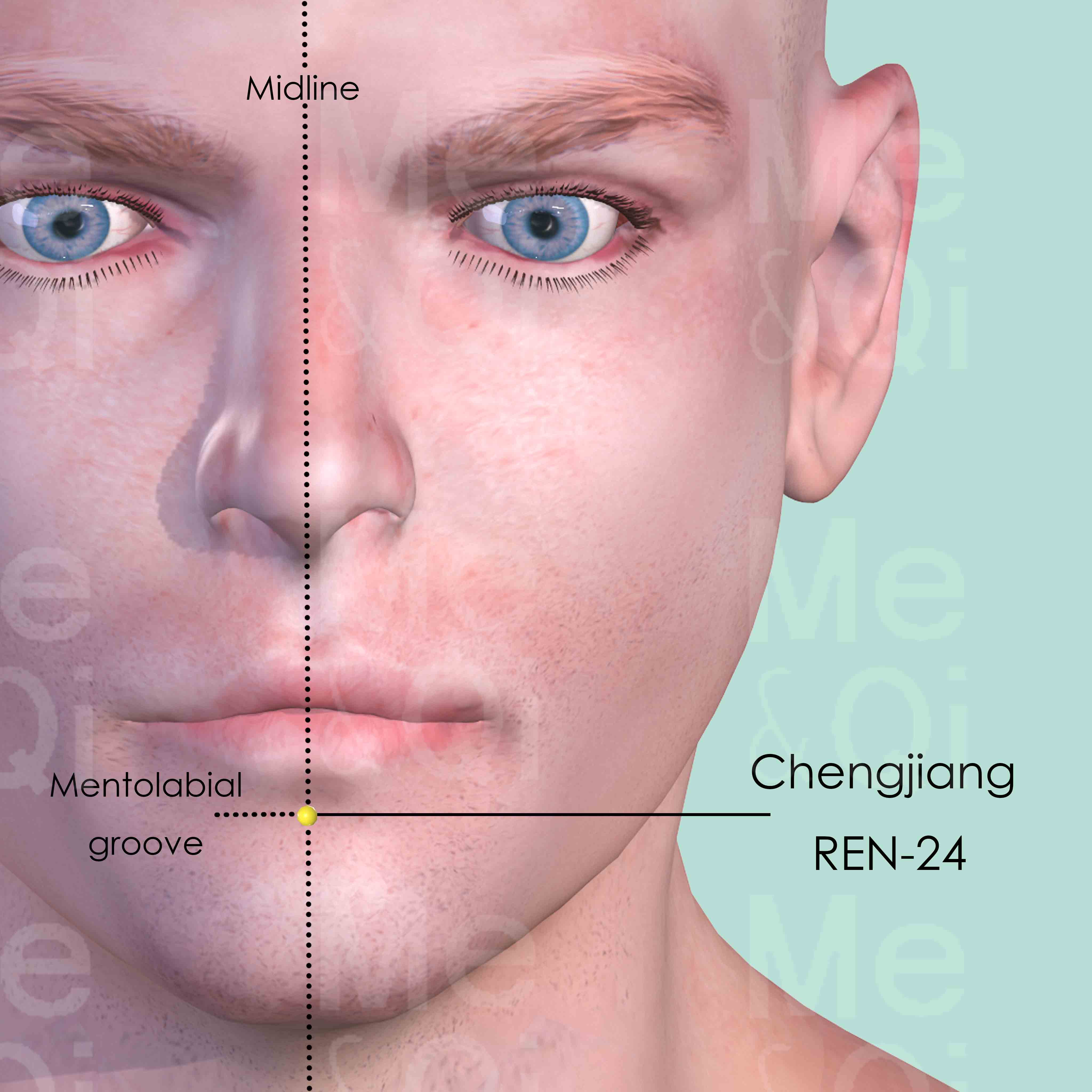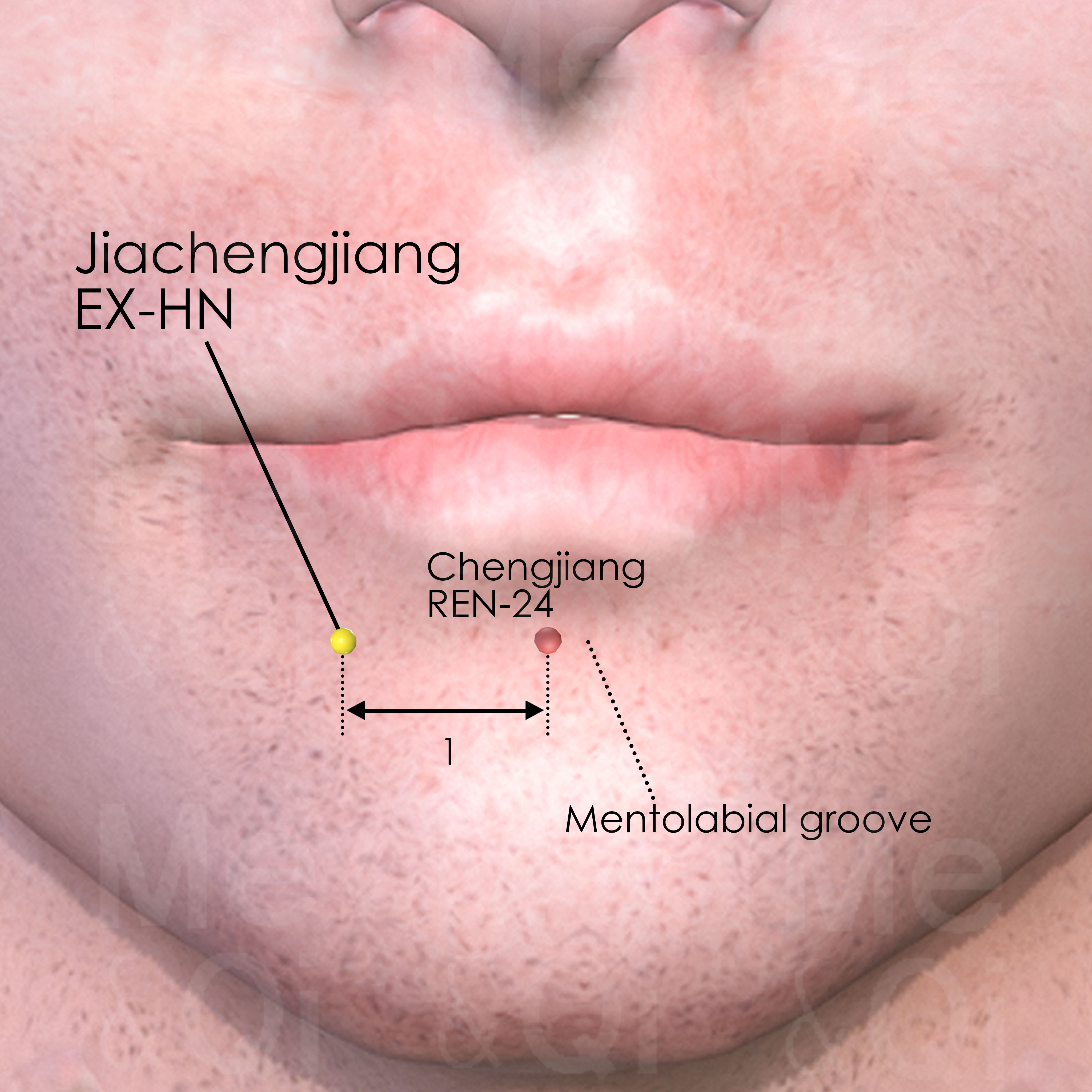Toothacheaccording to TCM
Symptom family: Oral and Dental Pain
Parent symptom: Dental Problems
What is Toothache?
Toothache is an acute discomfort or pain within or around a tooth, signifying a possible issue with the tooth or surrounding gum tissue. This pain can vary widely, from sharp and intermittent to a dull, constant ache.
The severity can range from mild to excruciating, potentially impacting eating, sleeping, and daily activities. Causes of Toothache include cavities, gum disease, infection, exposed tooth root, cracked tooth, or a loose filling. Addressing Toothache promptly is crucial to prevent further dental issues and alleviate discomfort.
How Does TCM View Toothache?
Traditional Chinese Medicine (TCM) offers a unique perspective on toothache, viewing it as a symptom of underlying imbalances within the body's energy system. According to TCM, pain in the teeth can arise from disruptions in the flow of Qi (vital energy) and Blood, or from external pathogenic factors such as Wind, Cold, Heat, or Dampness affecting the mouth and jaw area.
TCM emphasizes diagnosing the specific pattern of disharmony causing the toothache to effectively tailor the treatment, focusing on restoring balance and harmony to the body's internal systems.
Root Causes of Toothache in TCM
TCM attributes toothache to various patterns of disharmony, with Heat being a common underlying cause. Stomach Fire or Heat, for instance, can manifest as intense toothache, alongside other symptoms like headaches, gum inflammation, and a preference for cold drinks, indicating an excess of Heat within the body. This excess Heat can consume the Body Fluids, leading to Dryness and further intensifying the pain.
TCM treatments aim to address these root causes, such as clearing Heat, nourishing Yin, and restoring the balance between the body's internal elements to alleviate toothache and prevent its recurrence.
Explore below more details about what might cause Toothache according to TCM.
- By Syndrome
- By Organ
- Heat
- Stomach
Heat
In TCM "Heat" signifies an excess of Yang energy, leading to an imbalance where heat predominates over the body's cool Yin aspects. This condition is metaphorically akin to an internal over-heating. Symptoms indicative of Heat can include feelings of warmth, fever, sweating, irritability, red face, thirst with a preference for cold drinks, and a rapid pulse. The tongue may appear red with a yellow coating. Unlike the common interpretation of heat in terms of temperature, in TCM, it represents a state of hyperactivity or inflammation in the body.... see more
Heat Patterns That Can Lead to Toothache
| Pattern Name | Relevant Symptoms | Relevant Formulas |
|---|---|---|
| Stomach Fire or Stomach Heat | Toothache, Headaches, Stomatitis, Periodontitis, Glossitis, Trigeminal neuralgia, Diabetes, Viral myocarditis, Breast engorgement, Breast lumps, Breast hardness... see more | Yu Nu Jian |
Stomach
In TCM the Stomach is regarded as the "sea of nourishment," pivotal for digesting food and transforming it into Qi and blood. It works closely with the Spleen to distribute these essential nutrients throughout the body. When the Stomach is out of balance or malfunctions in TCM, it often leads to digestive problems such as bloating, nausea, vomiting, poor appetite, or a feeling of fullness. There may also be issues like acid reflux or a sour taste in the mouth. Emotionally, an imbalanced Stomach can contribute to excessive worry and overthinking, reflecting the TCM belief that physical and emotional well-being are deeply interconnected.... see more
Stomach Patterns That Can Lead to Toothache
| Pattern Name | Relevant Symptoms | Relevant Formulas |
|---|---|---|
| Stomach Fire or Stomach Heat | Toothache, Headaches, Stomatitis, Periodontitis, Glossitis, Trigeminal neuralgia, Diabetes, Viral myocarditis, Breast engorgement, Breast lumps, Breast hardness... see more | Yu Nu Jian |
TCM Herbal Formulas for Toothache
For conditions like Stomach Fire or Heat contributing to toothache, TCM recommends specific formulas and herbs to cool down the Heat and restore balance. Yu Nu Jian, which includes key herbs like Gypsum (Shi Gao), is commonly used to clear Heat from the Stomach and cool the Blood, effectively reducing inflammation and pain associated with dental issues.
This approach is indicative of TCM's holistic treatment philosophy, where the choice of herbs and formulas is tailored to the individual's unique pattern of disharmony, aiming to treat not just the symptoms but the root cause of the pain.
See more details below about Yu Nu Jian, a herbal formula used to address toothache.
- By Cause
- By Formula Type
- Heat
- Formulas that clear heat from the organs
Top Formula for Heat:
Yu Nu Jian
Suitable for Heat patterns that may cause toothache, such as Stomach Fire or Stomach Heat
Learn moreFormulas that clear Heat from the Organs
These formulas are suitable for some toothache-causing patterns like Stomach Fire or Stomach Heat.
One such formula is Yu Nu Jian, with gypsum as a key herb.
Acupoints for Toothache
TCM also utilizes acupuncture as a method for alleviating Toothache, targeting specific acupoints that correspond to the affected area and the underlying disharmony. Acupoints such as Jiache ST-6, located near the jaw, are specifically chosen for their effectiveness in expelling Wind and clearing Heat, directly impacting the relief of toothache.
Other points like Hegu LI-4 are known for their ability to regulate Qi and Blood, addressing the systemic imbalances contributing to dental pain. This targeted approach reflects TCM's comprehensive strategy, focusing on the interconnectedness of the body's systems to provide relief and promote healing.
Explore below some acupoints used to address toothache, organized by meridian.
- By Meridian
- Stomach Channel
- Gall Bladder Channel
- Large Intestine Channel
- Triple Burner Channel
- Extra Points: Upper Extremities (EX-UE)
- Directing Vessel
- Extra Points: Head and Neck (EX-HN)
- Lung Channel
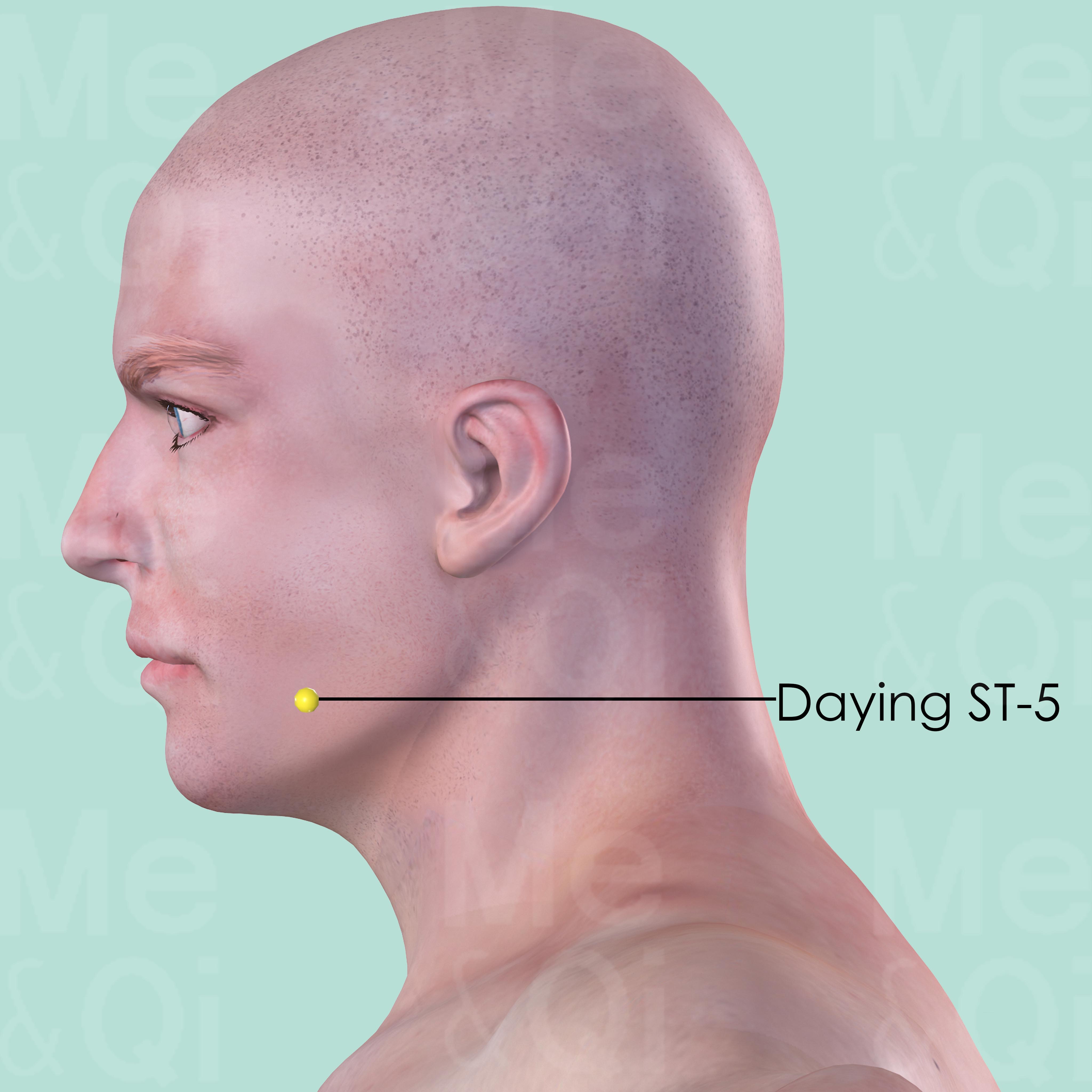
Daying ST-5
On the lateral mandible, on the anterior border of masseter muscle, in the groove-like depression appearing when the cheek is bulged.
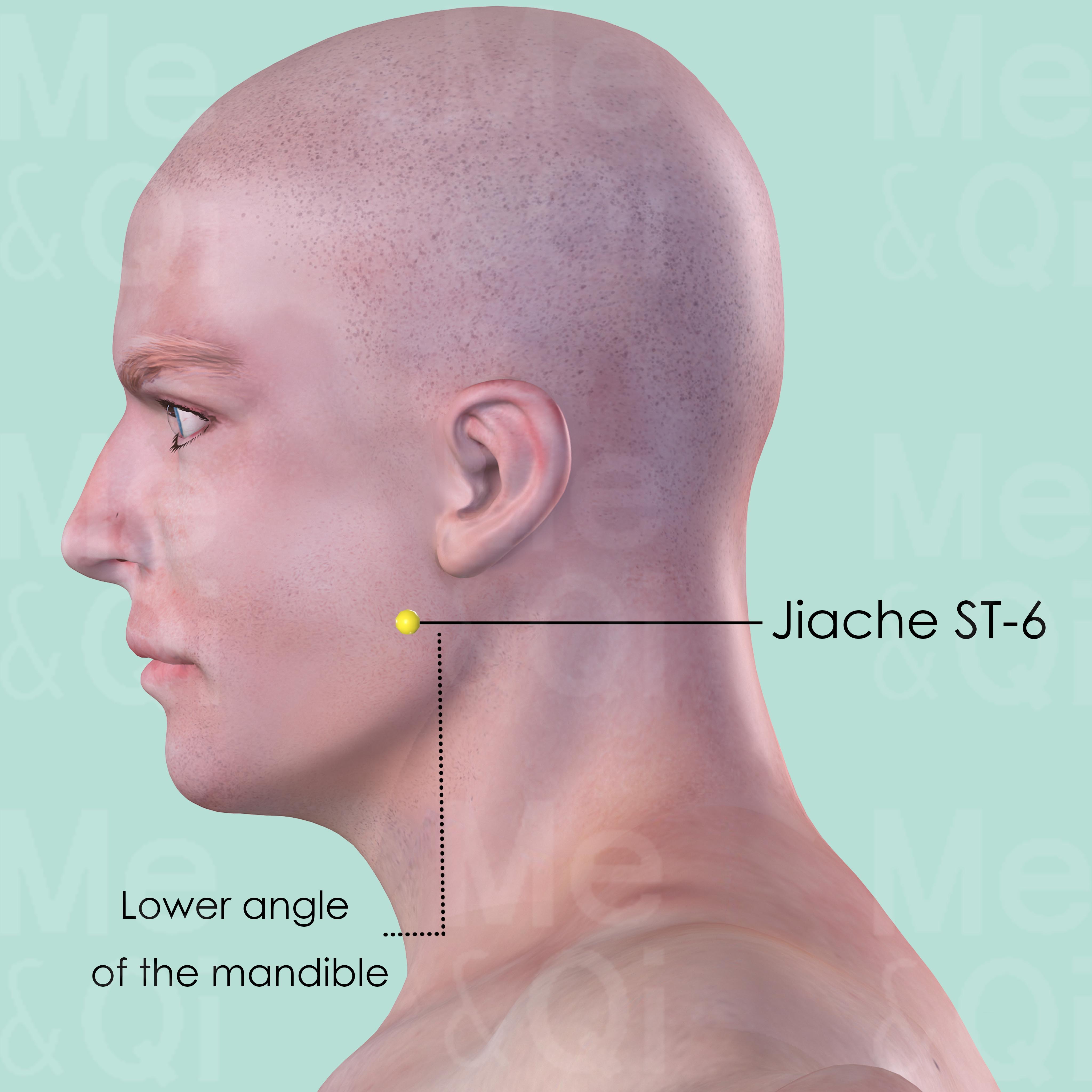
Jiache ST-6
One finger-breadth anterior and superior to the lower angle of the mandible where masseter muscle attaches at the prominence of the muscle when the teeth are clenched.
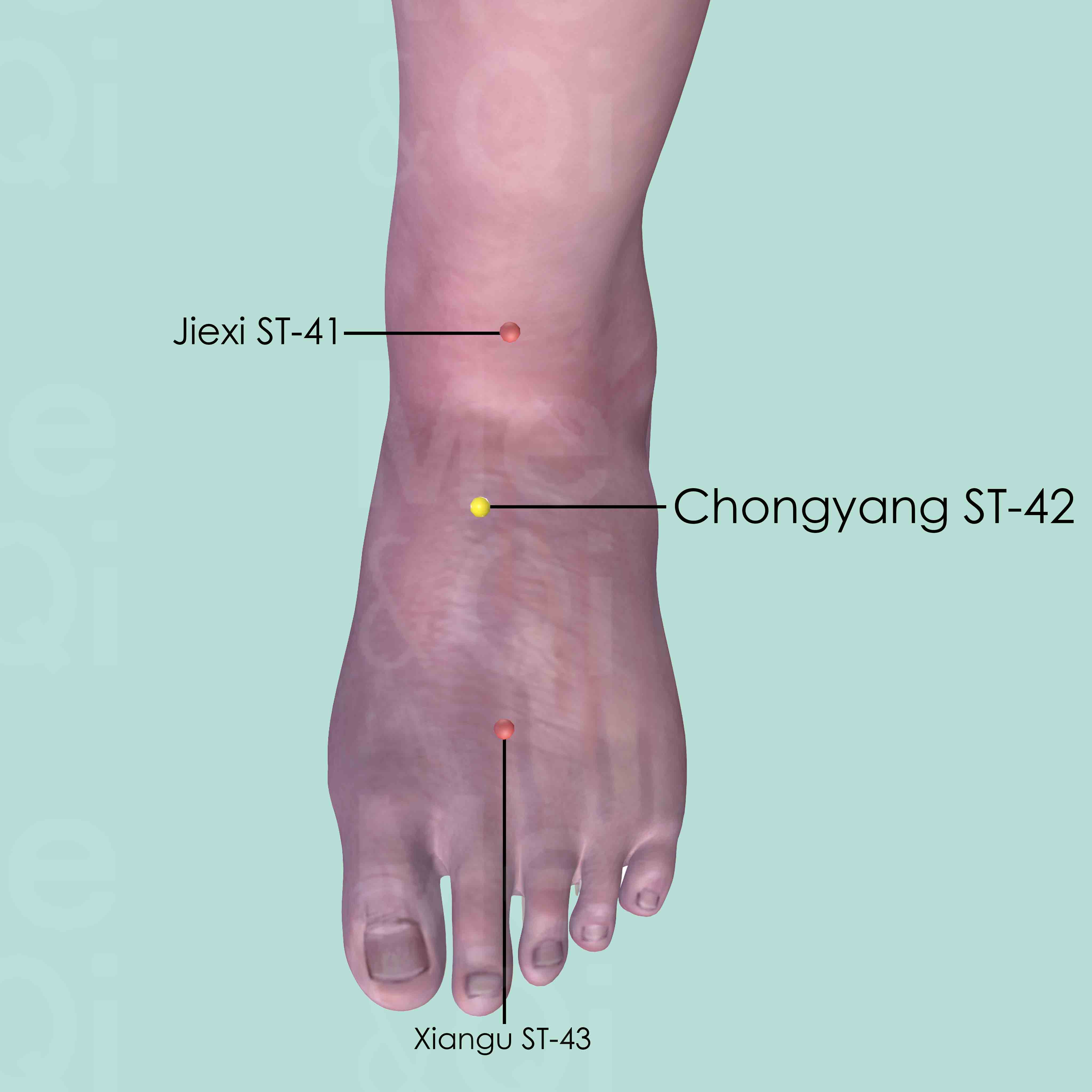
Chongyang ST-42
Distal to Jiexi ST-41, at the highest point of the dorsum of foot, between the tendons of the extensor hallucis longus and the extensor digitorum longus, directly lateral to the point where the dorsalis pedis artery may be palpated. The point is bordered proximally by the 2nd and 3rd metatarsal bones and distally by the 2nd and 3rd cuneiform bones.
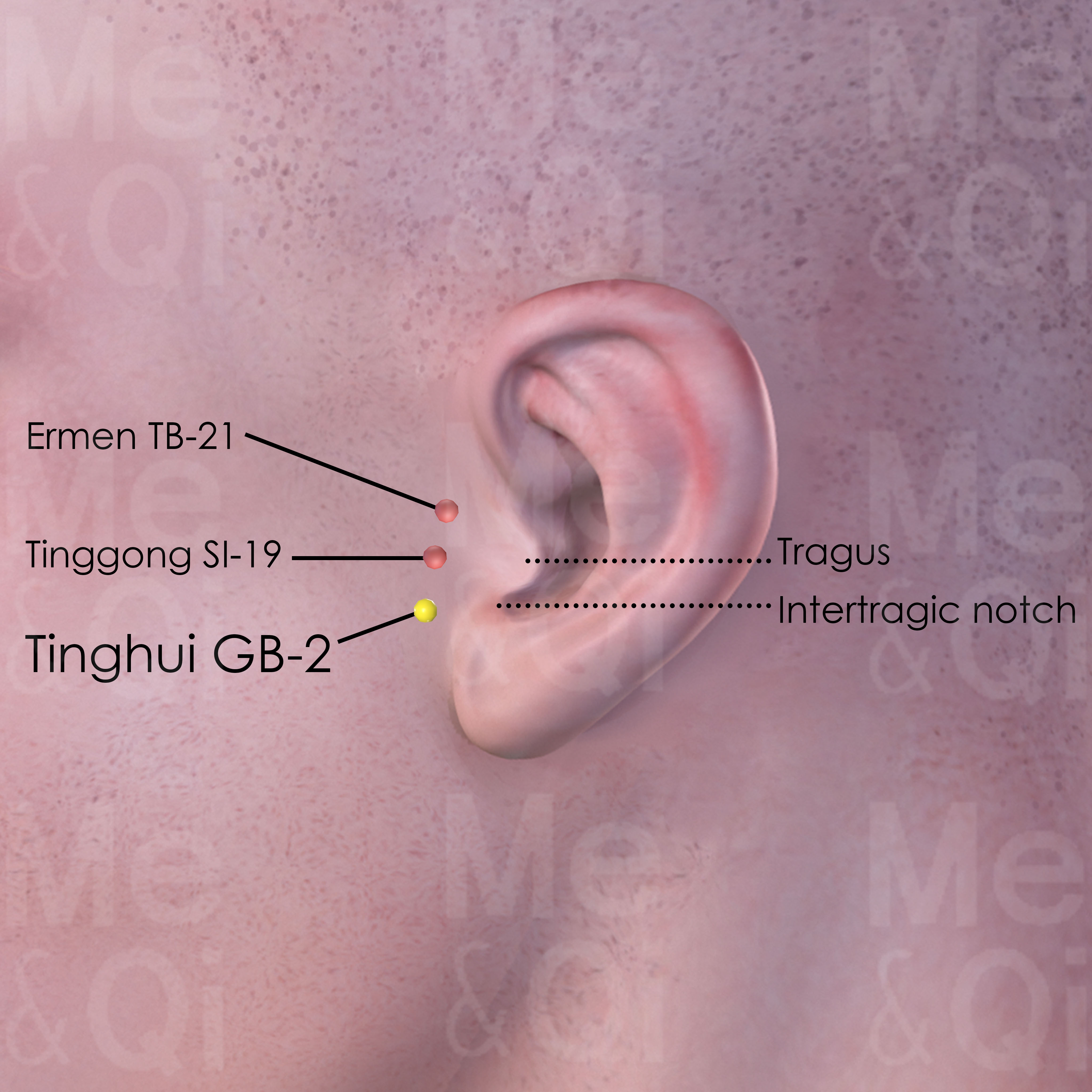
Tinghui GB-2
Anterior to the intertragic notch, directly below Tinggong SI-19, at the posterior border of the condyloid process of the mandible.
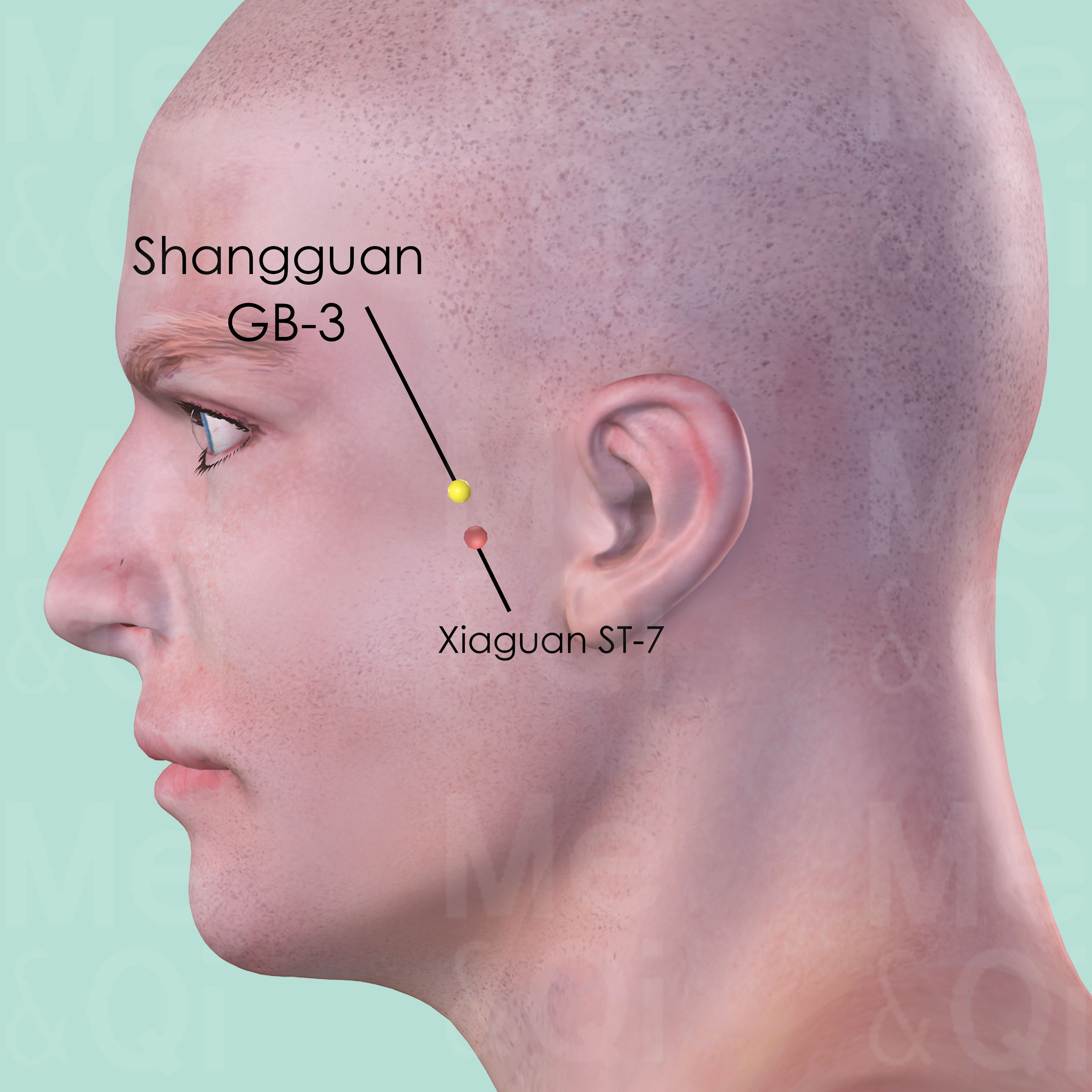
Shangguan GB-3
In front of the ear, on the upper border of the zygomatic arch, in the depression directly above Xiaguan ST-7.
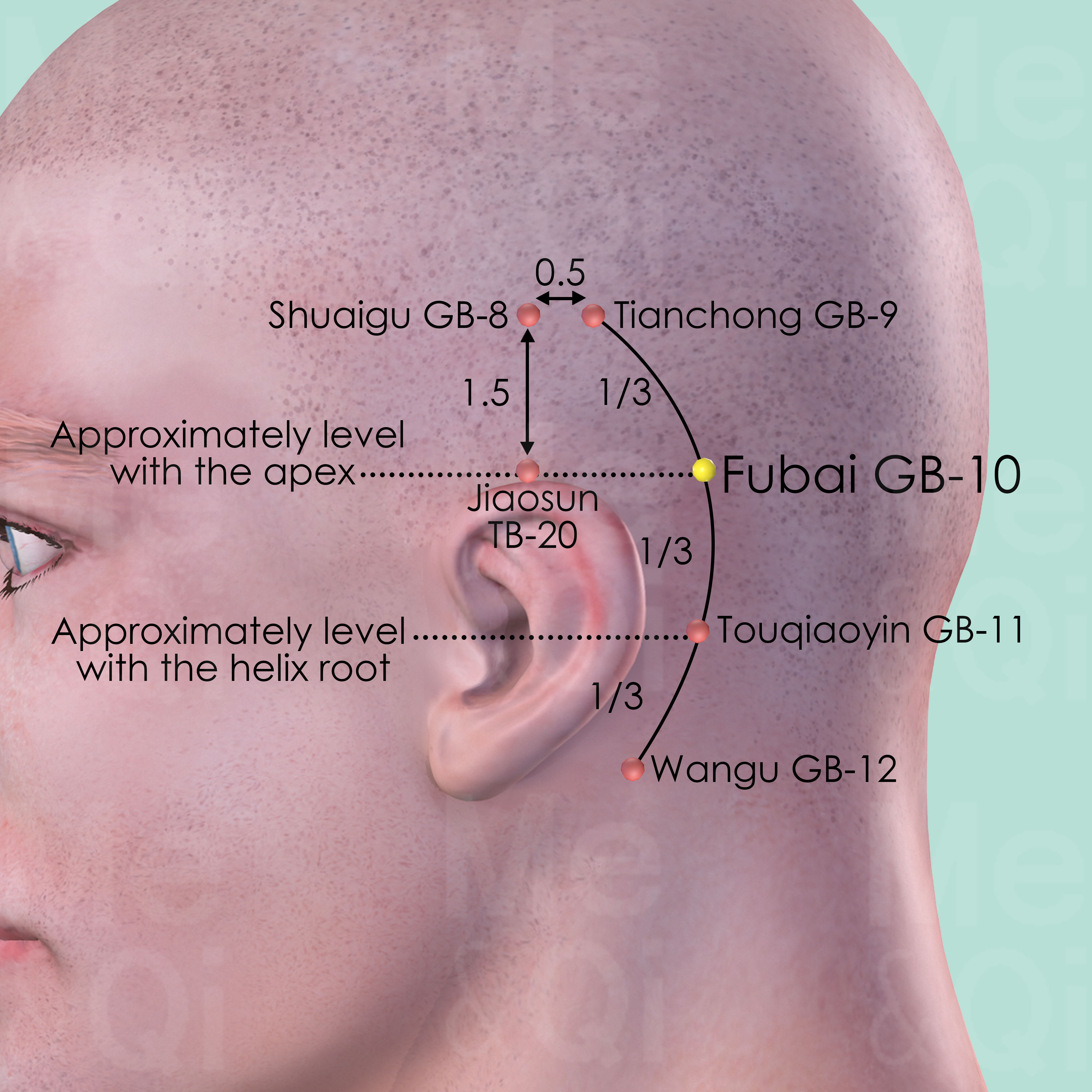
Fubai GB-10
Posterior and superior to the mastoid process, at the junction of the upper third and the two lower thirds of the curved line connecting Tianchong GB-9 and Wangu GB-12.
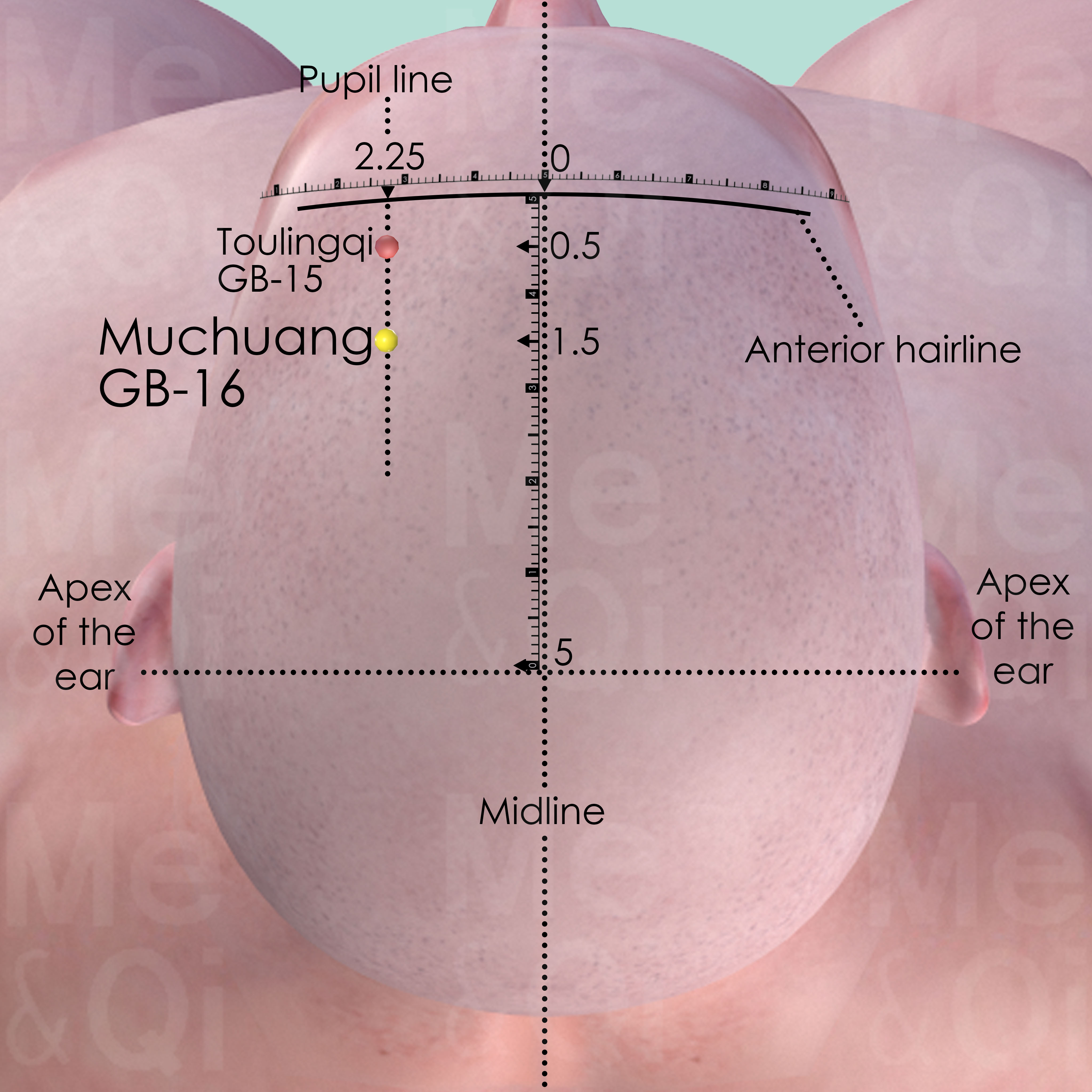
Muchuang GB-16
1 cun posterior to the Toulingqi GB-15 or 1.5 cun posterior to the anterior hairline, on the pupil line which is 2.25 cun lateral to the midline.
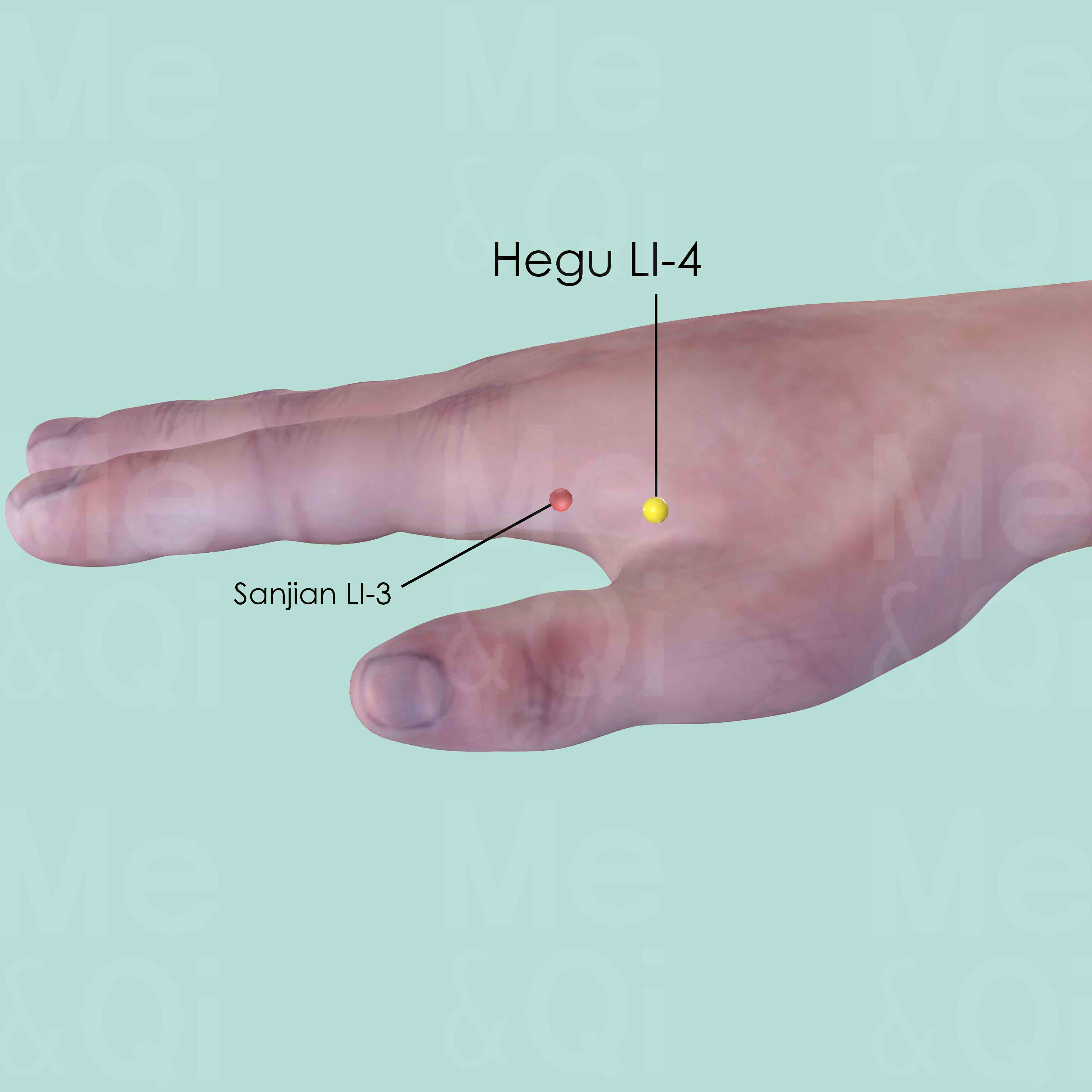
Hegu LI-4
Between the 1st and 2nd metacarpal bones, approximately in the middle of the 2nd metacarpal bone on the radial side.
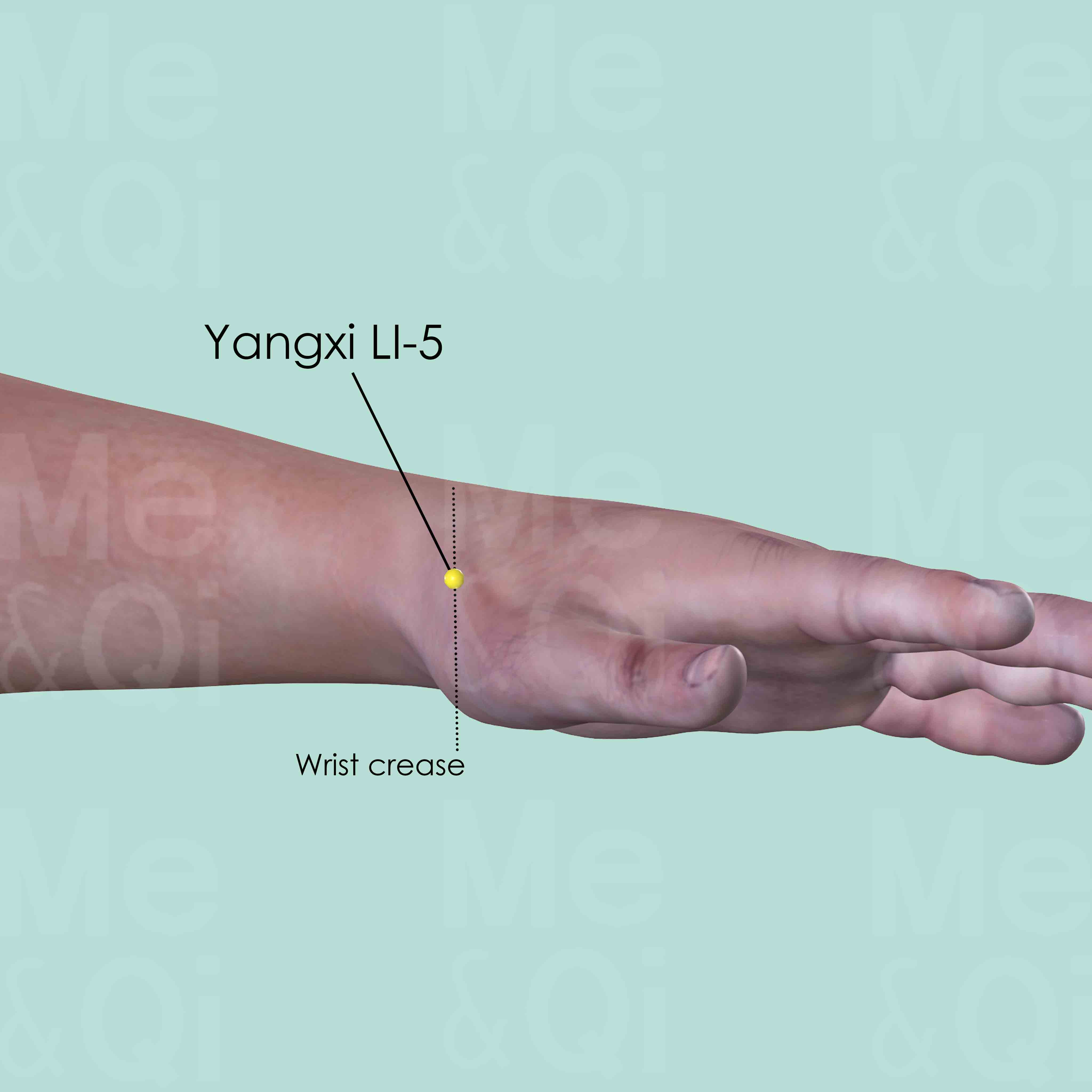
Yangxi LI-5
On the radial side of the wrist. When the thumb is tilted upward, it is in the depression on the wrist joint space (wrist crease) between the tendons of extensor pollicis longus and brevis muscles.
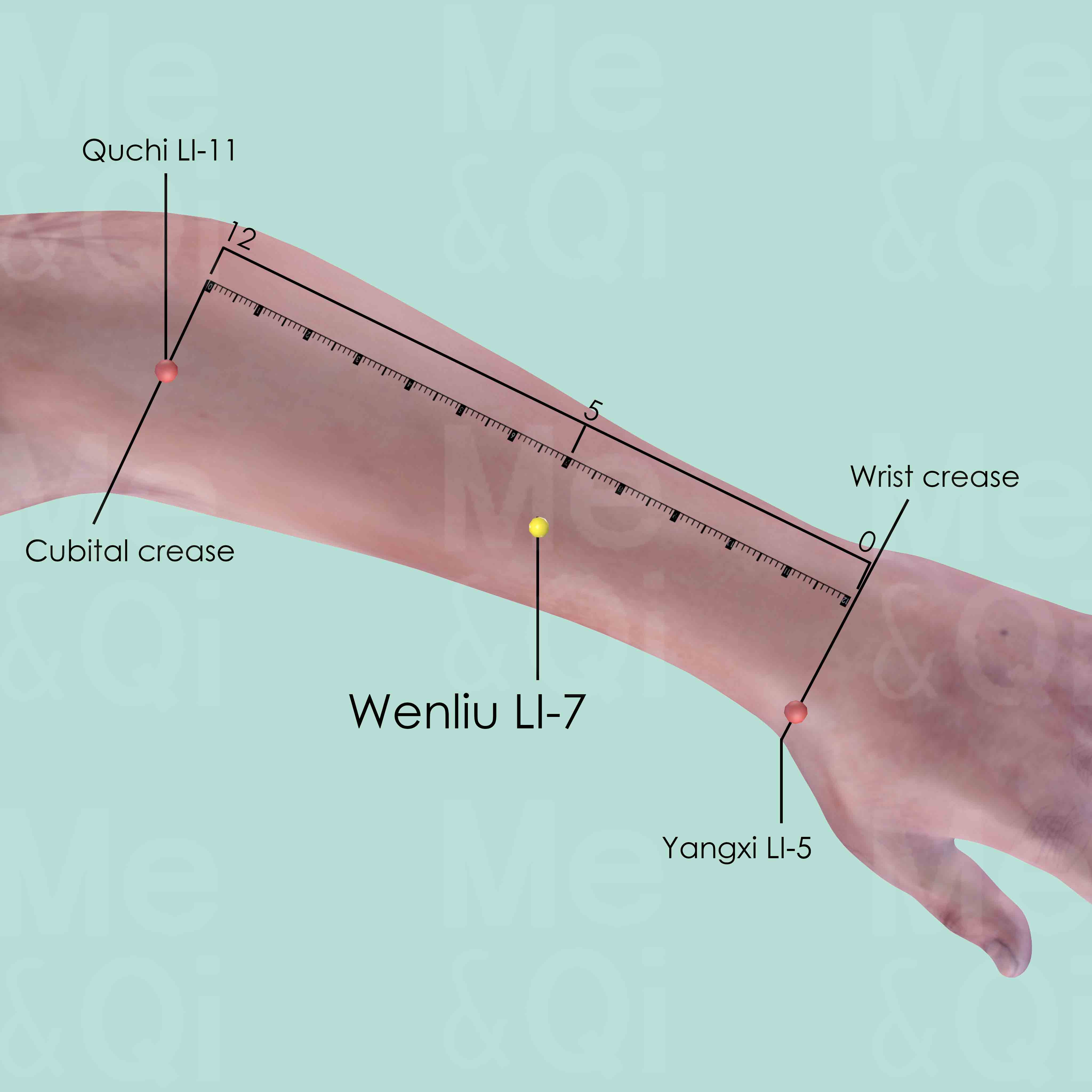
Wenliu LI-7
When a fist is made, with the ulnar side downward and elbow flexed, the point is 5 cun above Yangxi LI-5 at the wrist crease, 1 cun distal to the midpoint of the line joining Yangxi LI-5 and Quchi LI-11.
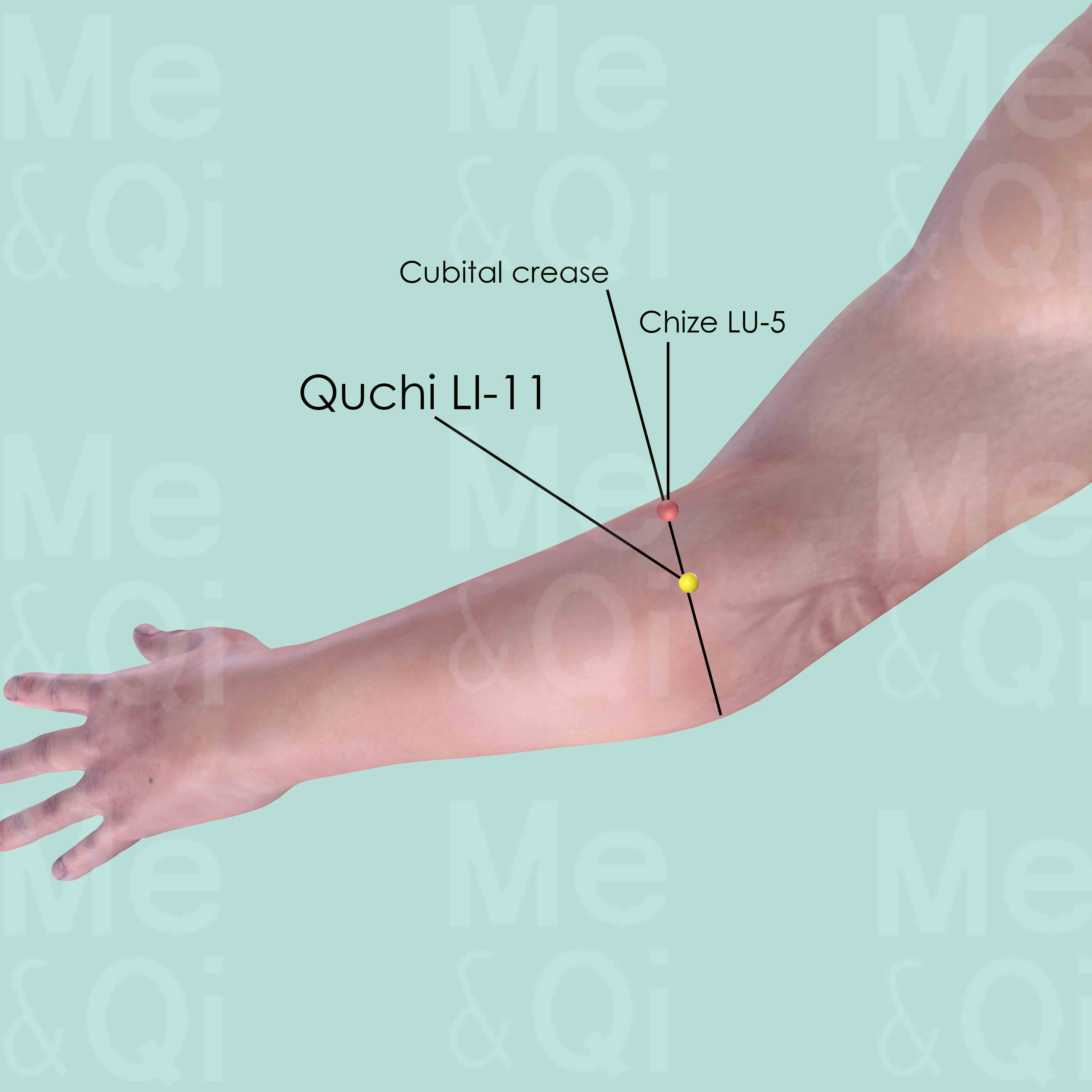
Quchi LI-11
When the elbow is flexed, Quchi LI-11 is in the depression at the lateral end of the cubital crease, midway between Chize LU-5 and the lateral epicondyle of the humerus.
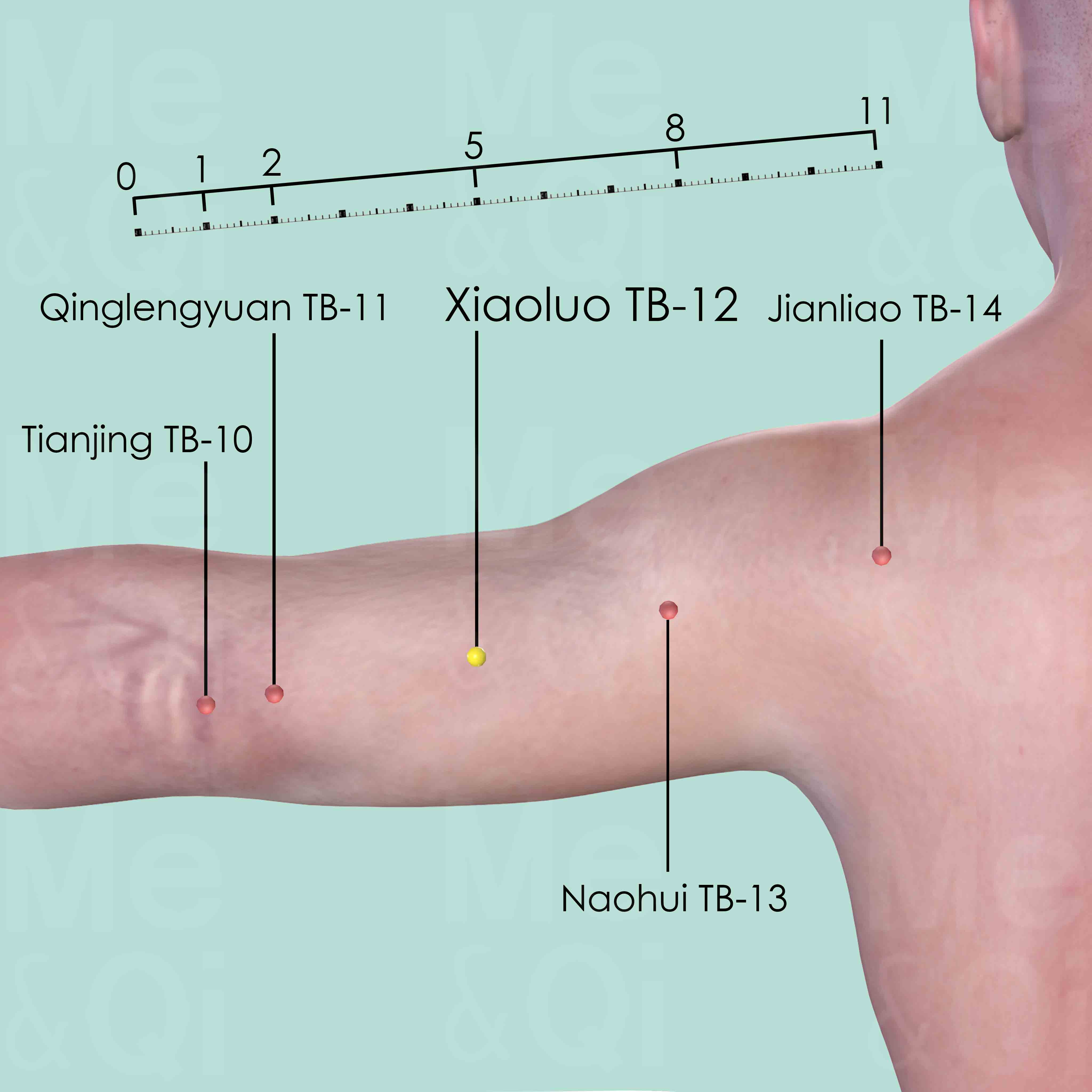
Xiaoluo TB-12
On the line joining the olecranon and Jianliao TB-14, midway between Qinglengyuan TB-11 and Naohui TB-13, 5 cun proximal to the olecranon. It is just on the lower end of bulge of the lateral head of triceps brachii when the forearm is in pronation.
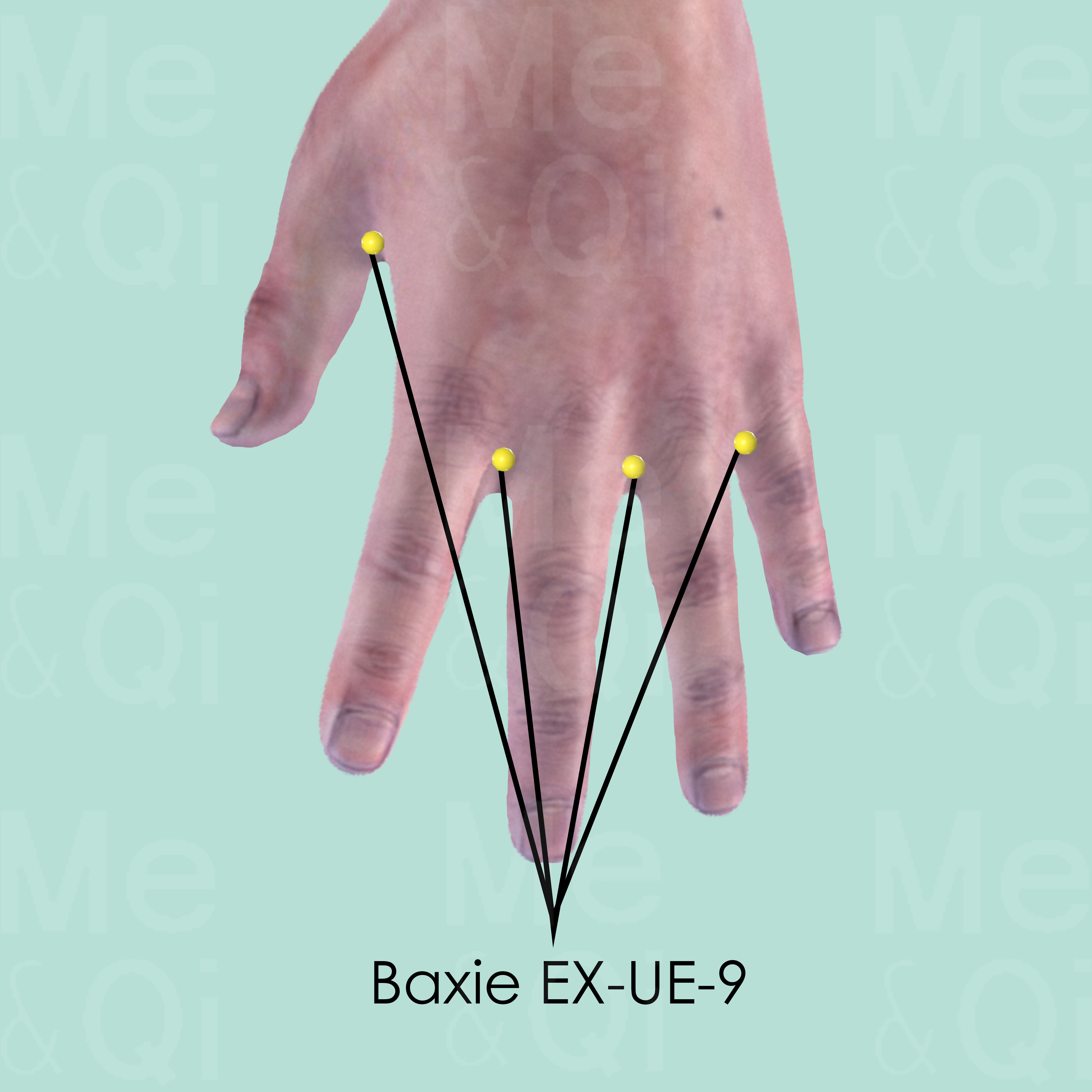
Baxie EX-UE-9
This is a group of 8 points in both hand, 4 points per each hand. Slightly proximal to the margins of the webs between the fingers, on the border of the red and white skin.
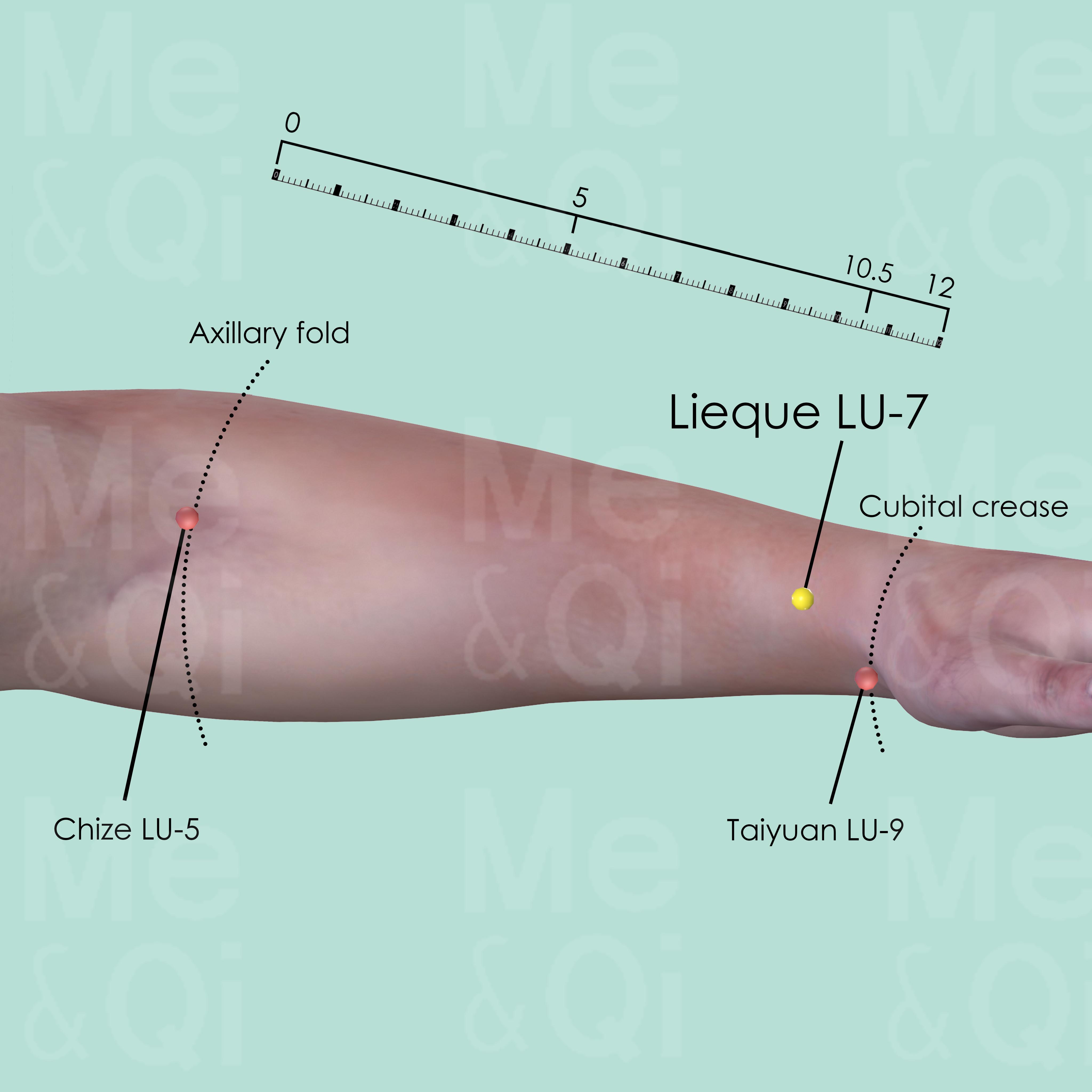
Lieque LU-7
Above the styloid process of the radius, about 1.5 cun proximal to the wrist crease (wrist joint space) in a V-shaped depression.

